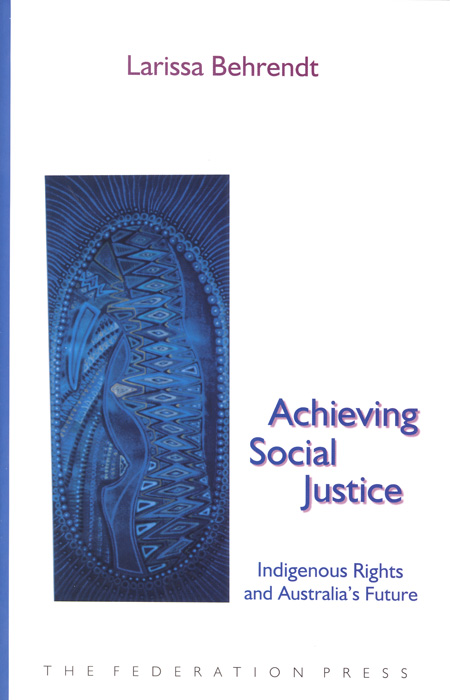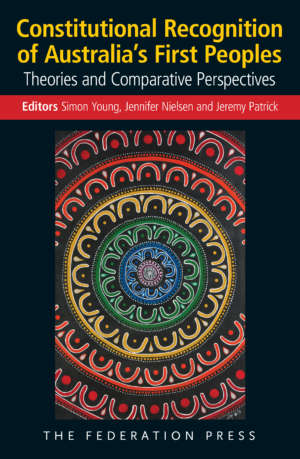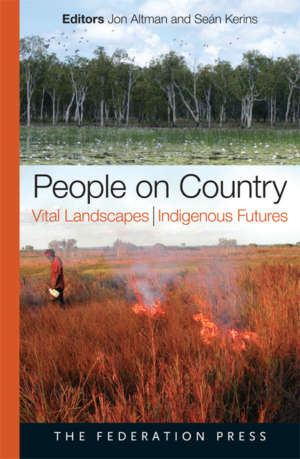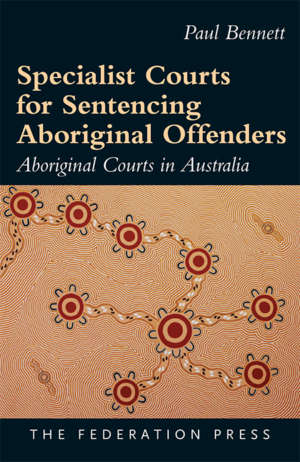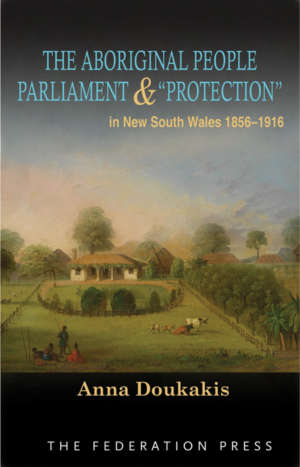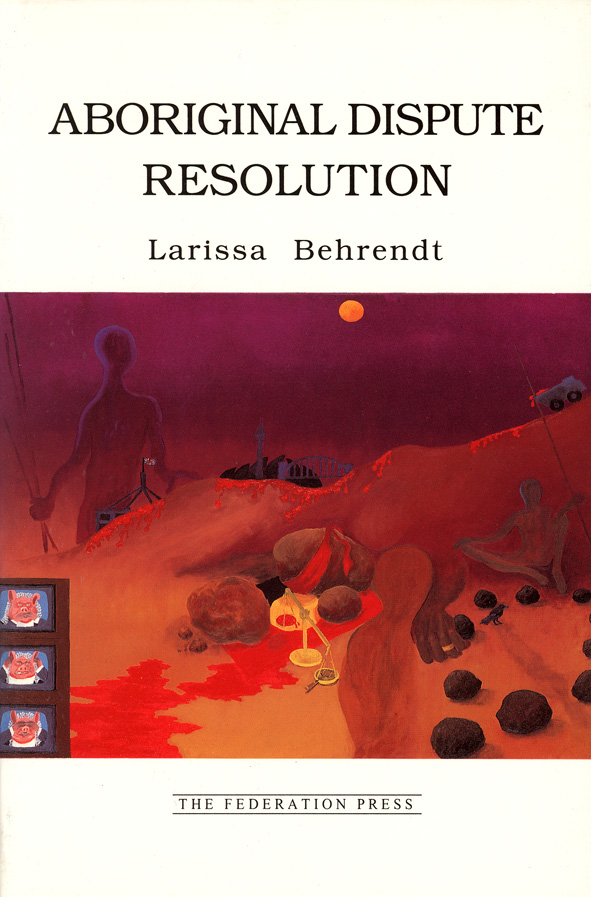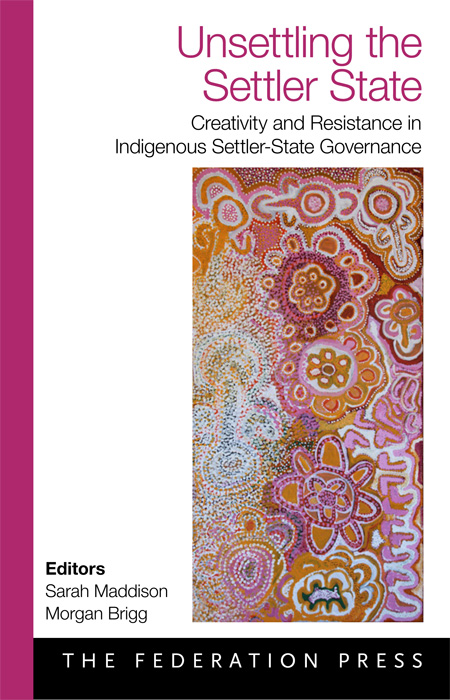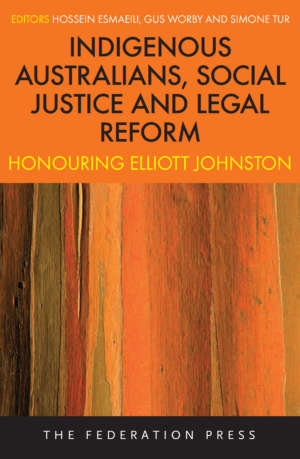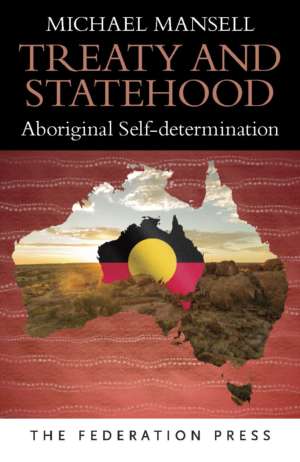Product Description
Cover artwork: Women Within by Bronwyn Bancroft – Courtesy Boomalli Aboriginal Artists Cooperative
Shortlisted for the Stanner Award 2004.
Larissa Behrendt attacks the chasm which has grown between Indigenous lives and aspirations in Australia, and the psychological terra nullius which continues, despite Mabo, to pervade so much of Australia’s mythology and policy.
She proposes longer term, aspirational initiatives leading to institutional change that will facilitate greater rights protection and the exercise of self-determination, including:
a preamble to the Constitution
a treaty
the national self-image
economic redistribution
alternative institutional forms
regional framework agreements
a more energised politics
Constitutional protection.
Dedication List of key organisations and people
Why Question the Rules?
Australians and the first Australians
Practical reconciliation or the rights agenda?
A belief in substantive equality
More than a ‘noisy minority’
The concept of democracy
New approaches to Indigenous rights protection
The Myth of Law’s Neutrality: Why Formal Equality Doesn’t Work
Different conceptions of justice
Different conceptions of property
Different conceptions of equality
Nationalism and Identity: Why ‘Western’ Institutions Don’t Work for Everyone
The Australian self-image
Challenging the Australian self-image
Why recognition matters
Indigenous Aspirations: The Starting Point for Rights Protection
What ‘Indigenous sovereignty’ and ‘self-determination’ might mean
Deciphering the content of Indigenous sovereignty and self-determination
The parameters of Indigenous claims
New Strategies, Improved Rights Protection
A program for institutional change
Indigenous rights and aspirations
Some underlying principles
Towards Improved Rights Protection: Some First Steps and Some Alternative Futures
Towards a new national self-image
Towards Constitutional change
Towards regional autonomy
Some Conclusions
Bibliography/ Index

